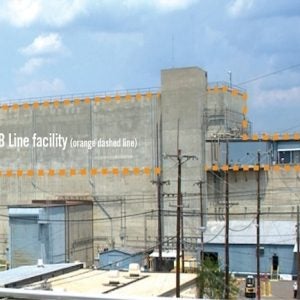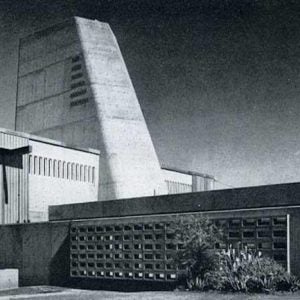GE Hitachi Nuclear Energy (GEH) and TerraPower on 21 January announced a collaboration to pursue a Public Private Partnership to design and construct the Versatile Test Reactor (VTR) for the US Department of Energy (DOE). The two companies recently submitted a joint response to an Expression of Interest issued by the Battelle Energy Alliance (BEA) on behalf of DOE which seeks stakeholders interested in forming a partnership for a cost sharing arrangement to design and construct the VTR using sodium fast reactor technology.
"To achieve nuclear energy’s full potential, business and government must work together to invest in both testing new materials and demonstrating advanced technologies," said Chris Levesque, TerraPower CEO. "America’s nuclear workforce is ready to build next generation nuclear technology to deliver affordable, clean energy, and to reestablish American leadership in nuclear technology. The VTR offers a domestic platform for innovation that promotes American economic and national security."
Energy Northwest, a utility consortium with nuclear power plant operating experience, will support the joint GEH-TerraPower effort. Additional companies and investors have expressed interest and may be named later. DOE’s Office of Nuclear Energy established the VTR programme to introduce fast neutron spectrum technology that does not currently exist in the USA and to support accelerated development of nuclear fuels and materials for advanced reactors.
DOE was directed to develop the facility under the September 2018 Nuclear Energy Innovation Capabilities Act. In November 2018, BEA selected GEH and its PRISM technology to support the VTR programme. The reactor is to be a smaller (about 300 MWt) version of the GE Hitachi PRISM power reactor, which builds on the EBR-II, an integral sodium-cooled fast reactor prototype that operated at Argonne National Laboratory from 1963 to 1994. VTR, like PRISM, would use metallic alloy fuels. Since then GEH has been developing the VTR conceptual design. TerraPower has supported the VTR programme by making enhancements to the VTR’s design and has invested ten years of sodium technology development into its travelling wave reactor.
DOE in August 2019 published a Notice of Intent in the Federal Register announcing that the it will develop an Environmental Impact Statement (EIS) to study the impacts of building a VTR to test future fuels and materials that industry is designing for advanced civilian nuclear plants. DOE said it will decide by 2021 whether to proceed with building the VTR. Congress must then decide whether to appropriate the necessary funding. Construction could begin in 2022, with operations starting in 2026.






